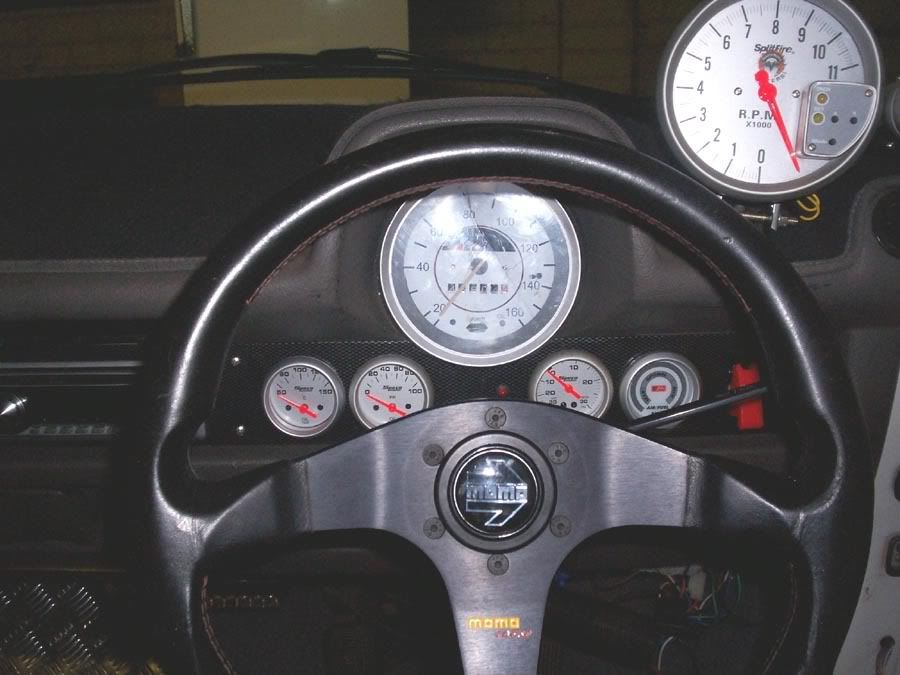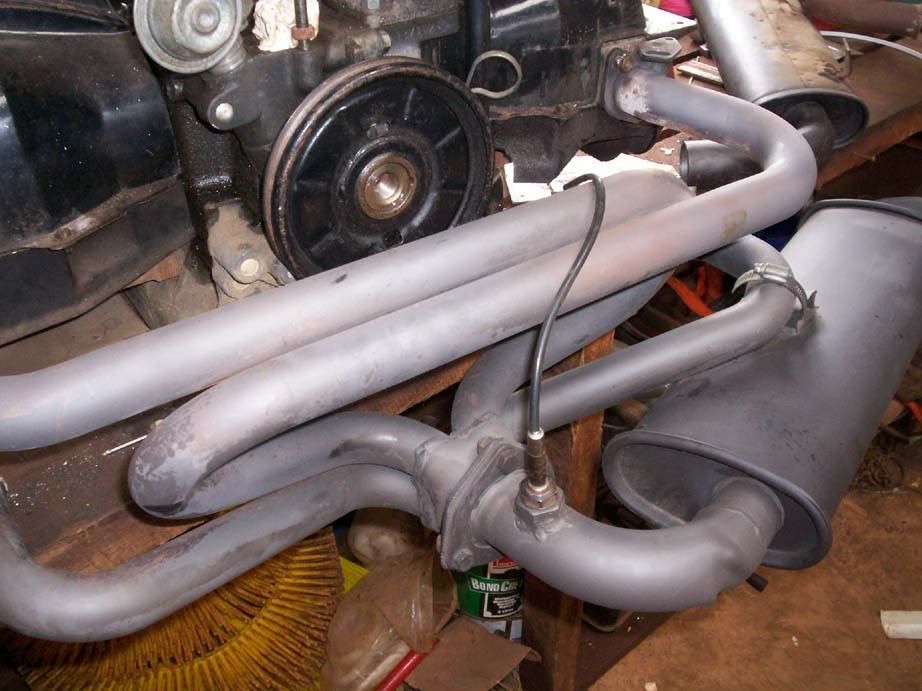Is an air/fuel ratio gauge a worthwhile investment?
What exactly are they for?
And what is the difference between wideband and narrowband??
Smiley


Hey all.
Is an air/fuel ratio gauge a worthwhile investment?
What exactly are they for?
And what is the difference between wideband and narrowband??
Smiley 
You ask difficult question sometimes...lol
I presume they would be used for multi carburetors or fuel injection??
I haven't got one... lol
wide band = 1 Mhz
narrow band... = 100 Khz ??
Lee
I had one when i was setting my blower up, narrow band ones aren't that effective on a carbed car.
If you get one make sure to fit a heated sensor.
| Quote: |

| Quote: |
A/F meters are mainly used for tuning. You see them used with EFI set-up quite a lot as there are many load points that have to be set in an EFI fuel
map.
I have also seen them fitted permanently to cars, but usually to vehicles used for racing (or to vehicles that the owners would like you to think
could be used for racing  )
)
As you may already know, they use an Oxygen sensor fitted to the exhaust to 'read' the mixture. These Oxygen sensors come in a variety of styles
and must be matched to your A/F meter (or your EFI ECU). Oxygen sensors only work when they are in their operating temperature range (ie: hot).
I have only ever used the narrow band sensors with my EFI set-up and they are available in single wire, 3-wire and 4-wire versions. I assume that the
wide-band sensors would be available in the same configurations. The single wire sensors are not heated and therefore must be fitted fairly close to
the exhaust port in the head to ensure that they are kept at operating temp at all times - not really suitable for a VW. The 3 and 4 wire sensors are
both internally heated and are basically the same except that the 4 wire has an extra, independant earth wire for the sensor (this apparently makes
them more accurate than the 3 wire sensors... but only if the sensor cannot get a solid earth through the exhaust for some reason).
I have used a 3 wire sensor from a Ford Falcon in my EFI set-up and it works well. The sensor is mounted in the exhaust pipe where the 4 pipes come
together. As the 3 wire is heated it comes up to 'usable' temp fairly quickly.
R 
| Quote: |


I had the earlier Innovate setup (LM-1) and it was great with my twin IDF's... using it and just my numbty tuning skills got my engine ticking pretty
nicely... so much that 4 hours on a dyno with a pro only got an extra couple of ponies at the top end. Definitely worth having if you like messing
around the tune on your engine, jetting etc.
They're a must have with EFI basically - I now run an Innovate LC-1 and gauge, as the Haltech handles the logging and extra channels as standard.
Narrowband only tells you if your AF is richer or leaner than 14.7:1... they measure a "narrow band" either side of 14.7:1. Wideband setups tells
you exactly what you're AF is... usually the measurement band is something like 9:1 out to 20:1, and so are far more useful.
A heated sensor is literally what it says... the sensor needs to be at a certain temperature to work, and so they put an electrically powered ceramic
heater element in it to get up to temp quicker (usually within around 30 seconds from start up). Most widebands use a heated sensor... a Bosch 4 wire
from modern VWs & Audis being the most common.
funny this should come up as i have been looking at them my self, just as a set-up tool for a set of twins i just put on. i have had all sorts of
trouble getting it running right.
and i figured for the price of a gauge kit and my time in the garage it would work out cheaper than a expert, and hey i will learn a new skill.
keep the info coming ****please****
| Quote: |

i was just about to pull my exhaust off and do some work on it and weld in the thread for a sensor
what size thread would it be? and are they all the same?
thanks
They are all the same thread.
From memory they are M18x1.5
what ever a spark plug is they are the same as that.
Joel is correct. I just looked up the thread size for the sensor in that gauge I posted above.
Smiley 
| Quote: |
